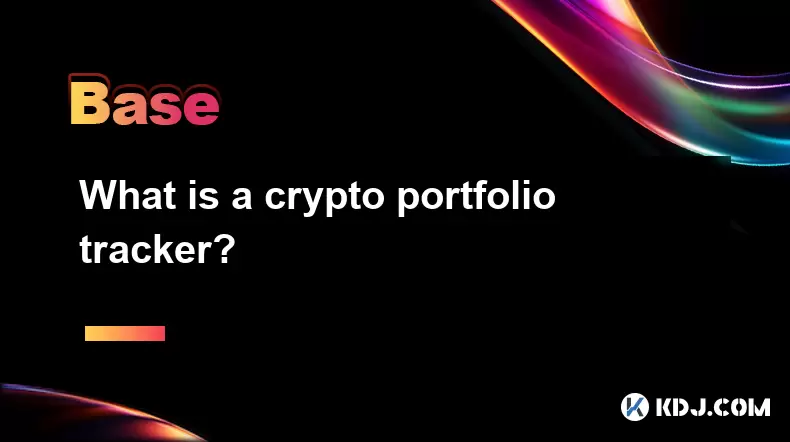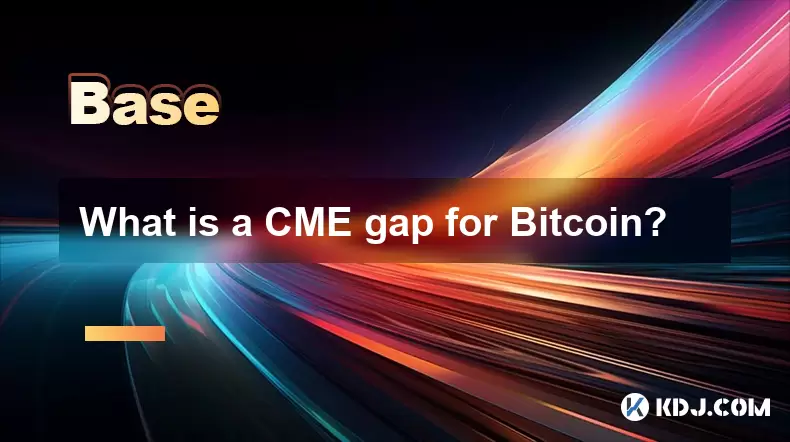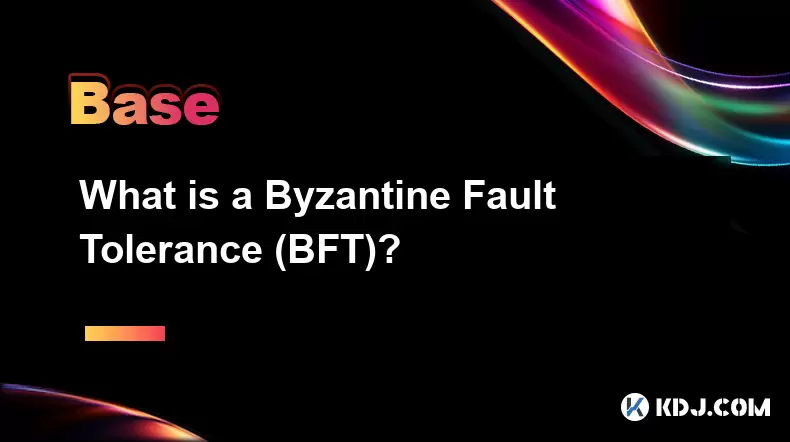-
 Bitcoin
Bitcoin $109,459.7682
2.44% -
 Ethereum
Ethereum $2,598.6052
6.29% -
 Tether USDt
Tether USDt $1.0003
0.00% -
 XRP
XRP $2.2734
3.95% -
 BNB
BNB $661.4886
1.58% -
 Solana
Solana $155.4825
4.35% -
 USDC
USDC $0.9999
-0.02% -
 TRON
TRON $0.2838
1.04% -
 Dogecoin
Dogecoin $0.1740
8.25% -
 Cardano
Cardano $0.6047
9.04% -
 Hyperliquid
Hyperliquid $40.2302
6.50% -
 Sui
Sui $2.9863
10.05% -
 Bitcoin Cash
Bitcoin Cash $509.5786
0.60% -
 Chainlink
Chainlink $13.8156
6.03% -
 UNUS SED LEO
UNUS SED LEO $9.0142
0.69% -
 Avalanche
Avalanche $19.0337
8.68% -
 Stellar
Stellar $0.2438
5.17% -
 Toncoin
Toncoin $2.9012
3.59% -
 Shiba Inu
Shiba Inu $0.0...01210
6.20% -
 Litecoin
Litecoin $90.0882
7.05% -
 Hedera
Hedera $0.1597
8.53% -
 Monero
Monero $326.3340
2.88% -
 Polkadot
Polkadot $3.6365
9.32% -
 Bitget Token
Bitget Token $4.6162
2.72% -
 Dai
Dai $1.0001
0.00% -
 Ethena USDe
Ethena USDe $1.0002
-0.01% -
 Uniswap
Uniswap $7.6403
10.47% -
 Pepe
Pepe $0.0...01060
12.03% -
 Aave
Aave $281.3664
7.56% -
 Pi
Pi $0.4992
1.76%
What is a crypto portfolio tracker?
A crypto portfolio tracker helps investors monitor and manage their digital assets across exchanges, offering real-time updates, price alerts, tax tools, and performance analysis in one secure, centralized platform.
Jul 03, 2025 at 07:01 am

Understanding the Basics of a Crypto Portfolio Tracker
A crypto portfolio tracker is a digital tool designed to help cryptocurrency investors monitor, manage, and analyze their investments across multiple platforms and exchanges. These trackers provide real-time updates on asset values, market trends, and overall portfolio performance. Whether you're holding Bitcoin, Ethereum, or a range of altcoins, a crypto portfolio tracker simplifies the process of tracking gains, losses, and balances in one centralized interface.
Many users start with manual tracking via spreadsheets but eventually transition to dedicated apps for better accuracy and convenience. The core function remains consistent: aggregating data from various sources into an easy-to-read dashboard that reflects your current financial standing in the crypto space.
Key features typically include price alerts, transaction history, tax reporting tools, and multi-exchange support.
How Does a Crypto Portfolio Tracker Work?
Crypto portfolio trackers work by integrating with blockchain networks and exchange APIs to pull in your wallet balances and trading activity. Users connect their wallets or input API keys from supported exchanges like Binance, Coinbase, or Kraken. Once linked, the tracker automatically updates your holdings based on live market prices.
These platforms use secure protocols to ensure user data remains private while providing seamless synchronization. Some advanced trackers allow you to import historical transactions manually if API access isn't available for certain exchanges.
- Connect your wallets or exchanges using API keys or wallet addresses
- Data is fetched in real time from the connected services
- Portfolio value is updated dynamically as prices fluctuate
- Historical performance charts show how your assets have behaved over time
Security is a major concern when linking sensitive accounts. Reputable trackers use read-only API keys and end-to-end encryption to protect user information.
Benefits of Using a Crypto Portfolio Tracker
One of the primary advantages of using a crypto portfolio tracker is gaining full visibility over all your digital assets in one place. Without such a tool, managing multiple wallets and exchange accounts can become overwhelming, especially when trying to calculate profits or assess risk exposure.
Another benefit is the ability to set up price alerts, which notify you when a specific cryptocurrency reaches a target price. This feature helps traders make timely decisions without constantly checking market data.
Additionally, many trackers offer tax calculation modules that generate reports compliant with regulatory standards like IRS guidelines. These tools simplify year-end reporting by categorizing trades, calculating capital gains, and exporting data directly to tax software.
Portfolio diversification analysis is another powerful feature that helps investors balance their holdings according to risk tolerance and investment goals.
Types of Crypto Portfolio Trackers Available
There are several types of crypto portfolio trackers tailored to different user needs. Some are free with basic functionality, while others offer premium subscriptions with advanced analytics and integrations.
Mobile-based apps are ideal for on-the-go monitoring. They often come with push notifications, price alerts, and simple dashboards optimized for smartphones. Popular examples include CoinMarketCap, CoinGecko, and Blockfolio (now part of FTX).
Desktop applications tend to offer more detailed insights, including deeper charting tools, tax automation, and customizable dashboards. These are preferred by serious traders who require granular control over their portfolios.
Web-based platforms provide cross-device accessibility and usually support browser extensions for quick access. Many also integrate with hardware wallets like Ledger or Trezor for added security.
- Free vs paid versions – Free versions may limit the number of tracked assets or exclude tax reporting
- Exchange-specific trackers – Some apps focus only on major exchanges like Binance or KuCoin
- Open-source options – For tech-savvy users, open-source portfolio managers offer transparency and customization
Setting Up Your Crypto Portfolio Tracker Step-by-Step
To begin using a crypto portfolio tracker, you’ll need to follow a few straightforward steps. First, choose a platform that supports your preferred exchanges and wallets. Download the app or log in via the web portal.
Next, create an account using your email or social media credentials. Most platforms do not store private keys, so there’s no risk of losing funds during setup.
Now, link your wallets and exchange accounts:
- Navigate to the 'Add Wallet' section within the app settings
- Choose your wallet type (e.g., MetaMask, Trust Wallet, Ledger)
- Enter your public wallet address or scan the QR code
- For exchanges, generate a read-only API key and paste it into the designated field
After connecting your accounts, the tracker will begin syncing your data. Wait a few minutes for all balances and transaction histories to appear.
Frequently Asked Questions
Q1: Can I track NFTs using a crypto portfolio tracker?
Some modern portfolio trackers now support NFT tracking. However, this feature varies by platform and depends on the wallet integration. Not all apps currently offer comprehensive NFT valuation or metadata display.
Q2: Do crypto portfolio trackers charge fees?
Most basic features are free, but premium plans often unlock advanced tools like tax automation, unlimited exchange connections, and in-depth analytics. Pricing models vary, with monthly or annual subscription options available.
Q3: Is it safe to link my exchange accounts to a portfolio tracker?
Reputable trackers use encrypted API keys with limited permissions (usually read-only access). Always verify that the app does not request withdrawal permissions and enable two-factor authentication for added security.
Q4: Can I use a crypto portfolio tracker offline?
Most trackers require internet connectivity to fetch real-time data. However, some desktop versions allow local storage of historical data, enabling limited offline viewing of previously synced information.
Disclaimer:info@kdj.com
The information provided is not trading advice. kdj.com does not assume any responsibility for any investments made based on the information provided in this article. Cryptocurrencies are highly volatile and it is highly recommended that you invest with caution after thorough research!
If you believe that the content used on this website infringes your copyright, please contact us immediately (info@kdj.com) and we will delete it promptly.
- Crypto Summer Buys: Is Shiba Inu Out, and What's In?
- 2025-07-03 18:30:12
- Bitcoin, Solaris Presale, and Coin Watch: Catching the Next Wave
- 2025-07-03 19:10:11
- BONK ETF Buzz: Catalyst for a Meme Coin Moonshot?
- 2025-07-03 19:50:12
- Sui Coin, Bitcoin Solaris, and the Presale Opportunity: Catching the Next Wave
- 2025-07-03 19:50:12
- Sui Coin, Bitcoin Solaris, and Presale Opportunities: What's the Buzz?
- 2025-07-03 19:55:14
- MEXC's Bitcoin Reserves: A Fortress of Asset Coverage
- 2025-07-03 19:55:14
Related knowledge

What is open interest in derivatives?
Jul 03,2025 at 02:49pm
Understanding Open Interest in DerivativesOpen interest is a critical metric used in the cryptocurrency derivatives market, particularly when analyzing futures and options contracts. It represents the total number of outstanding contracts that have not been settled or closed by either party involved. Unlike trading volume, which counts all trades made i...

What is a CME gap for Bitcoin?
Jul 03,2025 at 05:49pm
Understanding the Concept of a CME GapA CME gap refers to a discrepancy in price between the closing price of Bitcoin on the Chicago Mercantile Exchange (CME) and its opening price when trading resumes. This phenomenon occurs because the CME operates during specific hours, typically aligned with traditional market hours, while cryptocurrency markets ope...

What is a liquidation cascade?
Jul 03,2025 at 07:15am
Understanding the Concept of LiquidationIn the realm of cryptocurrency trading, liquidation refers to the process by which a trader's position is automatically closed due to insufficient funds to maintain the leveraged trade. This typically occurs when the market moves against the trader's position and their account equity falls below the required maint...

What is a hard fork coordinator?
Jul 03,2025 at 12:42pm
Understanding the Role of a Hard Fork CoordinatorIn the world of blockchain and cryptocurrencies, a hard fork coordinator plays a critical role during major network upgrades. A hard fork is a significant change to a blockchain’s protocol that makes previously invalid blocks or transactions valid (or vice versa). This type of upgrade requires all nodes o...

What is a Byzantine Fault Tolerance (BFT)?
Jul 03,2025 at 11:49am
Understanding the Concept of Byzantine Fault ToleranceByzantine Fault Tolerance (BFT) is a critical concept in distributed systems, particularly within the realm of blockchain technology and cryptocurrencies. It refers to the ability of a system to continue functioning correctly even when some components fail or behave maliciously. The term originates f...

What is a subDAO?
Jul 03,2025 at 09:36am
Understanding the Concept of SubDAOA SubDAO, short for Sub-Decentralized Autonomous Organization, is a specialized entity that operates under the umbrella of a larger DAO (Decentralized Autonomous Organization). It functions with its own set of rules, governance mechanisms, and tokenomics while remaining aligned with the overarching goals of the parent ...

What is open interest in derivatives?
Jul 03,2025 at 02:49pm
Understanding Open Interest in DerivativesOpen interest is a critical metric used in the cryptocurrency derivatives market, particularly when analyzing futures and options contracts. It represents the total number of outstanding contracts that have not been settled or closed by either party involved. Unlike trading volume, which counts all trades made i...

What is a CME gap for Bitcoin?
Jul 03,2025 at 05:49pm
Understanding the Concept of a CME GapA CME gap refers to a discrepancy in price between the closing price of Bitcoin on the Chicago Mercantile Exchange (CME) and its opening price when trading resumes. This phenomenon occurs because the CME operates during specific hours, typically aligned with traditional market hours, while cryptocurrency markets ope...

What is a liquidation cascade?
Jul 03,2025 at 07:15am
Understanding the Concept of LiquidationIn the realm of cryptocurrency trading, liquidation refers to the process by which a trader's position is automatically closed due to insufficient funds to maintain the leveraged trade. This typically occurs when the market moves against the trader's position and their account equity falls below the required maint...

What is a hard fork coordinator?
Jul 03,2025 at 12:42pm
Understanding the Role of a Hard Fork CoordinatorIn the world of blockchain and cryptocurrencies, a hard fork coordinator plays a critical role during major network upgrades. A hard fork is a significant change to a blockchain’s protocol that makes previously invalid blocks or transactions valid (or vice versa). This type of upgrade requires all nodes o...

What is a Byzantine Fault Tolerance (BFT)?
Jul 03,2025 at 11:49am
Understanding the Concept of Byzantine Fault ToleranceByzantine Fault Tolerance (BFT) is a critical concept in distributed systems, particularly within the realm of blockchain technology and cryptocurrencies. It refers to the ability of a system to continue functioning correctly even when some components fail or behave maliciously. The term originates f...

What is a subDAO?
Jul 03,2025 at 09:36am
Understanding the Concept of SubDAOA SubDAO, short for Sub-Decentralized Autonomous Organization, is a specialized entity that operates under the umbrella of a larger DAO (Decentralized Autonomous Organization). It functions with its own set of rules, governance mechanisms, and tokenomics while remaining aligned with the overarching goals of the parent ...
See all articles

























































































